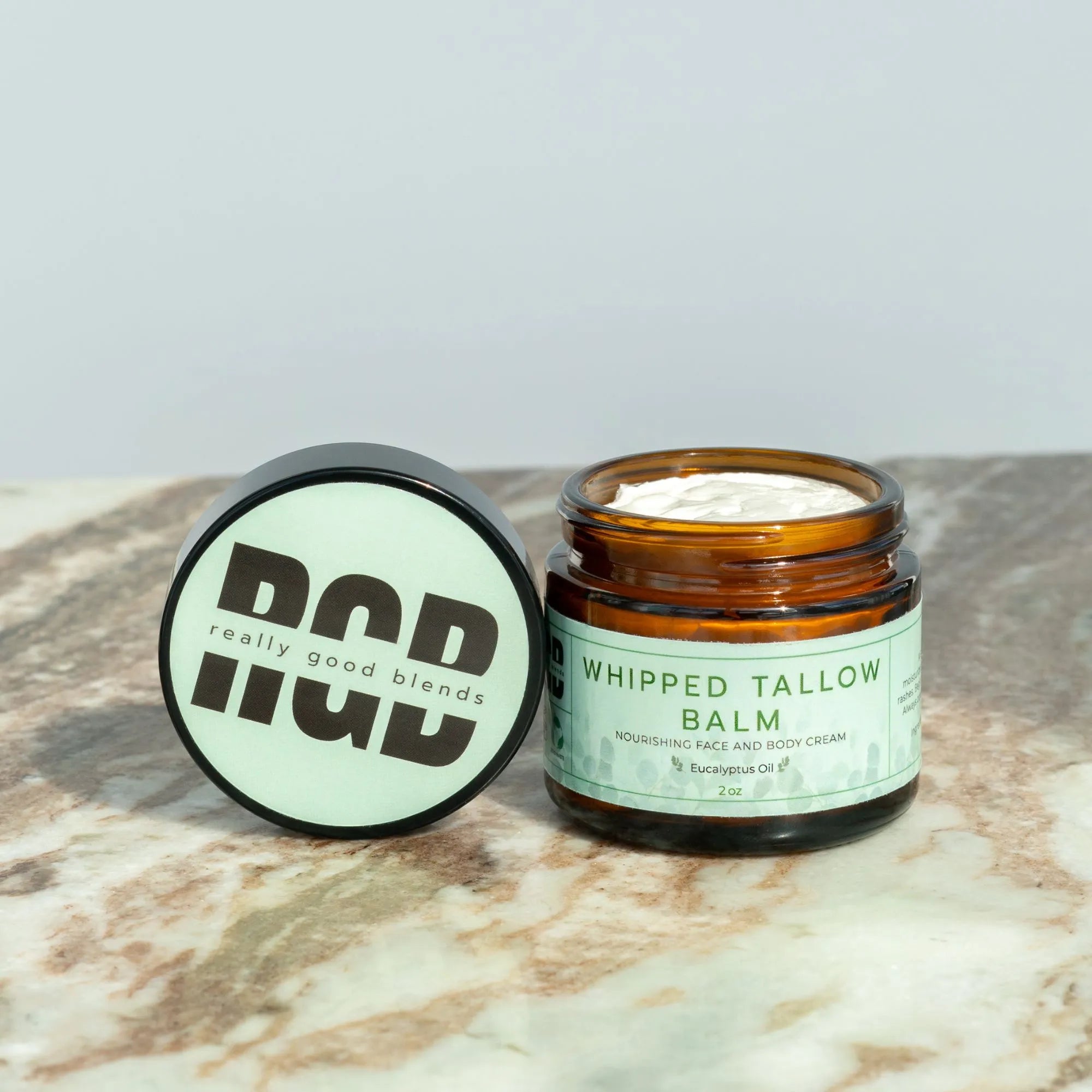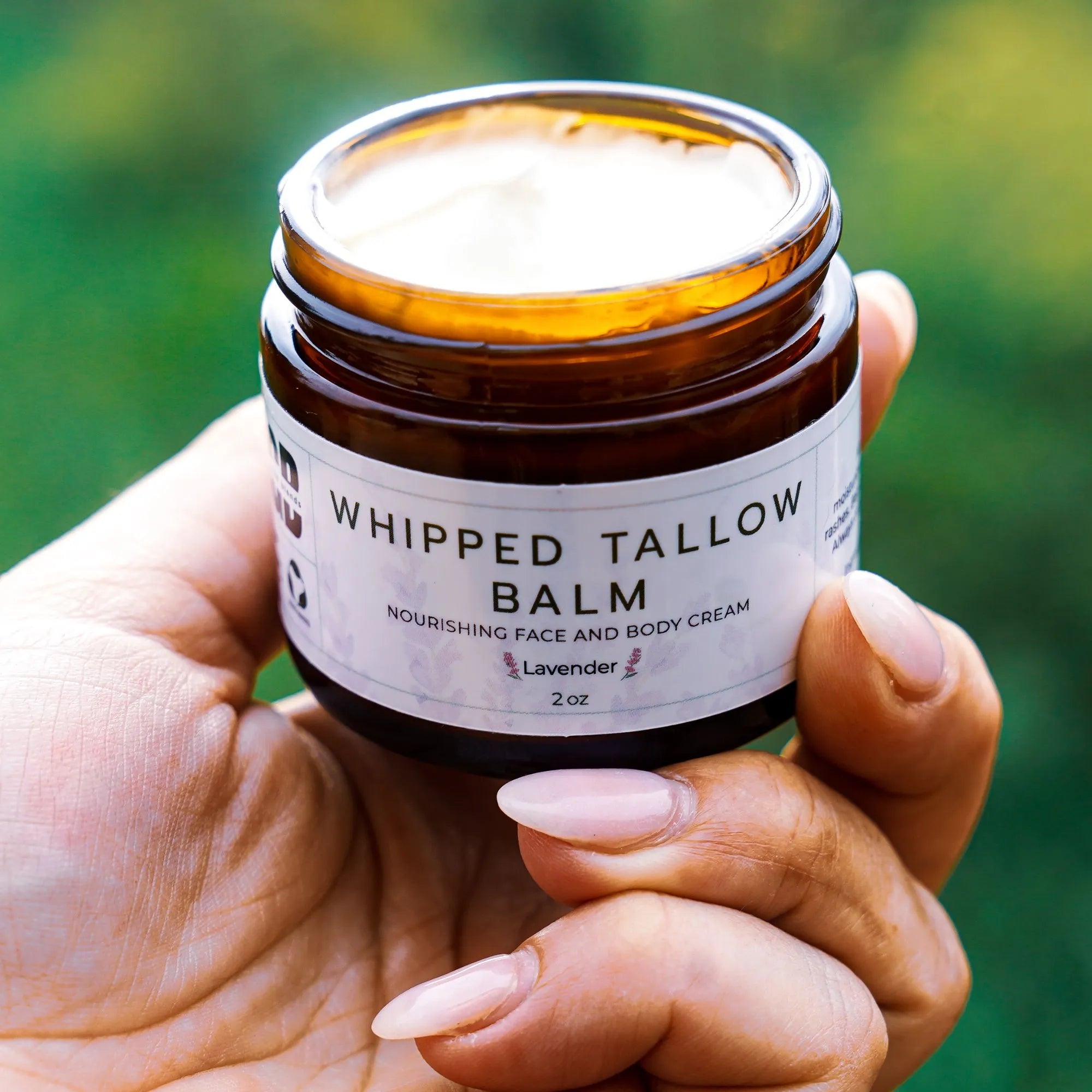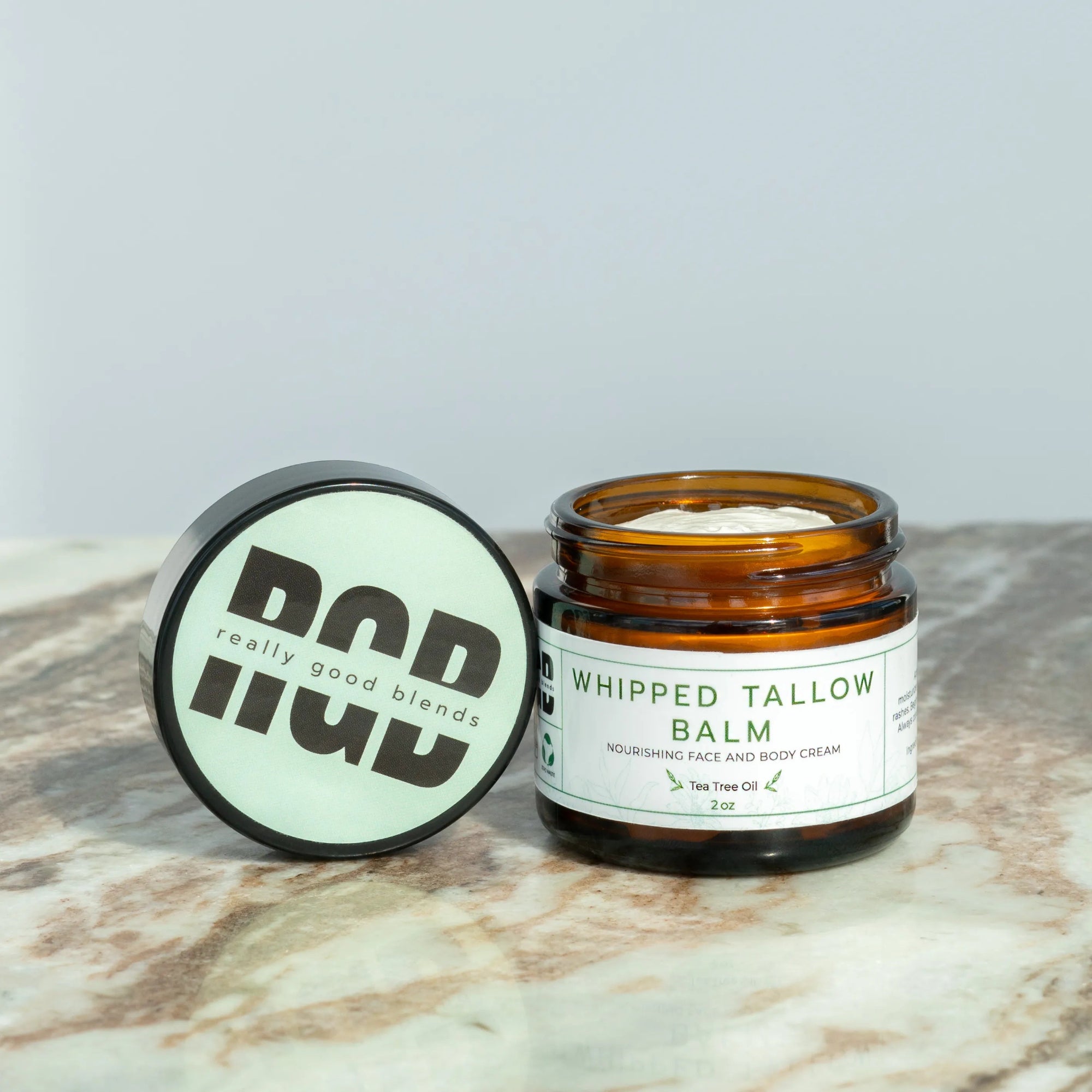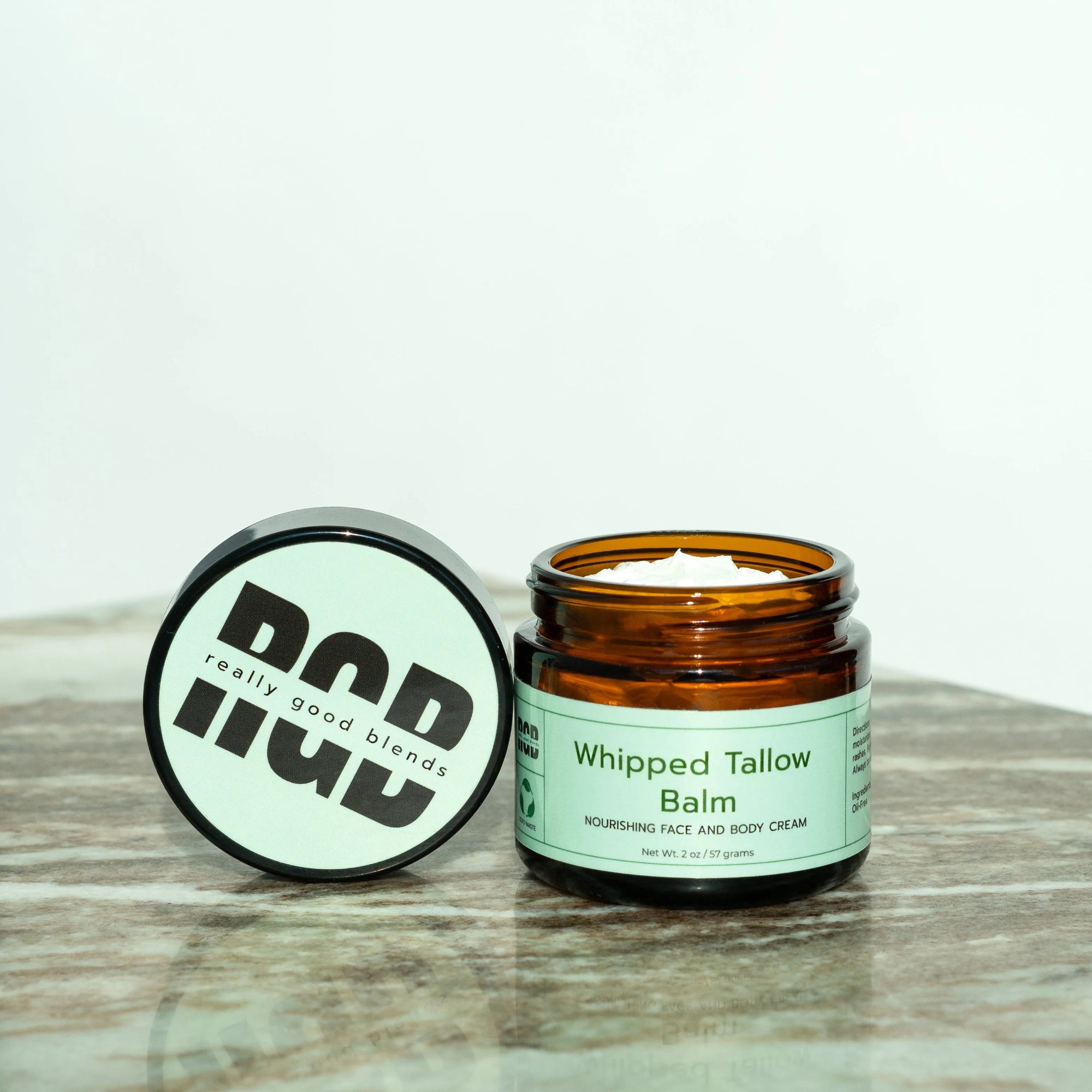In the vast tapestry of skincare history, certain ingredients stand out for their enduring relevance and profound cultural significance. Tallow, rendered fat from animals, is one such ingredient that has woven its way through centuries of skincare practices across diverse cultures worldwide. Despite the advent of modern cosmetics, the legacy of tallow remains deeply ingrained in traditional skincare rituals. In this comprehensive exploration, we delve into the rich tapestry of cultural and historical significance surrounding tallow in skincare practices, unveiling its role as a time-honored ally in the pursuit of radiant, healthy skin.
Origins of Tallow in Skincare:
To understand the cultural significance of tallow in skincare, we must journey back to antiquity, where early civilizations discovered the skin-nourishing properties of animal fats. From the ancient Egyptians who revered the healing properties of rendered animal fats to the Greeks and Romans who incorporated tallow into their skincare rituals, tallow emerged as a cherished ingredient for its emollient and protective qualities. Its widespread availability and affordability made it accessible to people across different social strata, establishing tallow as a cornerstone of traditional skincare practices.
Cultural Diversity in Tallow Usage:
The cultural significance of tallow in skincare extends far beyond the borders of ancient civilizations. Indigenous cultures around the world have long revered tallow for its healing properties and spiritual significance. In Native American traditions, rendered animal fats, including tallow, were used in balms and ointments to soothe skin ailments and promote healing. Similarly, traditional Chinese medicine incorporated tallow-based formulations believed to harmonize the body's energies and maintain skin health. Across continents and cultures, tallow emerged as a versatile ingredient deeply rooted in cultural heritage and wisdom.
Evolution Through History:
As civilizations evolved, so too did the use of tallow in skincare. During the Middle Ages and Renaissance periods, tallow-based creams and ointments gained popularity among nobility for their luxurious texture and moisturizing properties. In the Victorian era, tallow found its way into a myriad of skincare preparations, from cold creams to soaps, reflecting an era of elegance and indulgence. However, the industrial revolution brought about significant changes in skincare practices, ushering in an era of synthetic ingredients and mass-produced cosmetics that gradually eclipsed the traditional use of tallow.
Rediscovery in Modern Skincare:
Despite the rise of synthetic alternatives, tallow has experienced a resurgence in modern skincare circles, driven by a growing appreciation for natural, holistic beauty solutions. Advocates of traditional skincare tout tallow's nutrient-rich composition, which includes vitamins A, D, E, and K, as well as essential fatty acids that nourish and protect the skin. Moreover, tallow's compatibility with the skin's natural lipid barrier makes it an ideal choice for those seeking gentle, non-irritating skincare options. As consumers seek to reconnect with nature and embrace time-honored traditions, tallow has emerged as a symbol of authenticity and sustainability in the skincare landscape.
Ethical Considerations and Sustainability:
The resurgence of tallow in skincare has prompted discussions surrounding ethical sourcing and sustainability. Concerns about animal welfare and environmental impact have led some consumers to seek out cruelty-free and vegan alternatives to tallow-based products. However, proponents of traditional skincare emphasize the importance of responsible sourcing practices, such as using tallow from pasture-raised animals and supporting small-scale, artisanal production methods. By prioritizing transparency and ethical sourcing, skincare brands can honor the cultural heritage of tallow while addressing contemporary concerns about sustainability and ethics.
Challenges and Controversies:
Despite its storied history, the use of tallow in skincare is not without controversy. Animal rights activists and ethical consumers raise objections to the use of animal-derived ingredients in cosmetics, citing concerns about animal welfare and environmental sustainability. Additionally, cultural sensitivities surrounding the use of animal products vary across regions and communities, influencing consumer perceptions and purchasing decisions. In navigating these challenges, skincare brands must strike a balance between honoring tradition and addressing contemporary ethical considerations.
Embracing Tradition in the Modern World:
As we reflect on the cultural and historical significance of tallow in skincare practices worldwide, we are reminded of the enduring wisdom of tradition in an ever-changing world. In an era dominated by technological advancements and scientific innovations, the age-old practice of harnessing natural ingredients for skincare endures as a testament to the resilience of tradition. By embracing the cultural heritage of tallow and incorporating it into modern skincare formulations, we pay homage to the wisdom of our ancestors while charting a path towards a more sustainable and holistic approach to beauty.
In conclusion, the cultural and historical significance of tallow in skincare practices worldwide is a testament to its enduring relevance and timeless appeal. From ancient civilizations to modern-day enthusiasts, tallow has played a pivotal role in nourishing and protecting the skin across diverse cultures and traditions. As we navigate the complexities of modern skincare, let us not forget the rich tapestry of cultural heritage that informs our beauty rituals. By embracing tradition and honoring the legacy of tallow, we can forge a deeper connection to our roots and cultivate a more conscious and sustainable approach to skincare for generations to come.
If you found this exploration of tallow's cultural and historical significance enlightening, we invite you to delve deeper into the world of traditional skincare by subscribing to our newsletter. Stay updated on the latest trends, tips, and insights on sustainable beauty practices from around the globe.
Moreover, sharing this content with your friends and family who share your passion for skincare can spark enriching conversations and broaden collective knowledge. Together, we can foster a community dedicated to embracing the wisdom of ancient traditions while embracing innovation for a more sustainable future.
And if you're intrigued by the potential benefits of tallow in skincare, we encourage you to explore our range of thoughtfully crafted products that harness the power of natural ingredients, including ethically sourced tallow. Each product is meticulously formulated to nourish and pamper your skin, reflecting our commitment to quality, sustainability, and holistic well-being.
Thank you for joining us on this journey of discovery and appreciation for the cultural and historical significance of tallow in skincare. Together, let's celebrate the timeless wisdom of nature and the beauty it bestows upon us.





